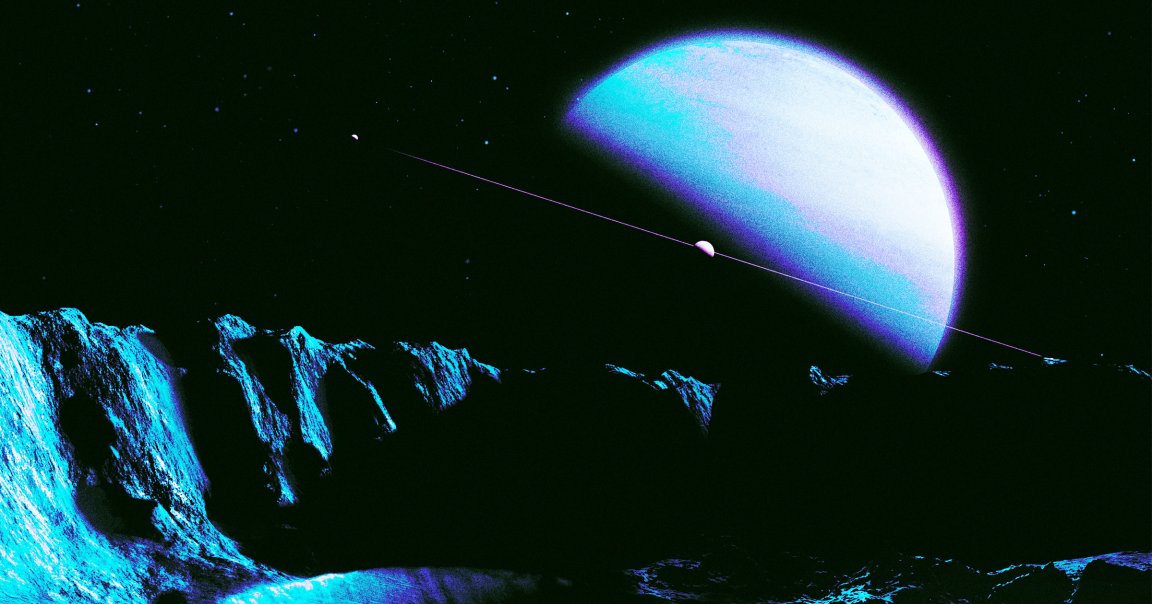
When checking out Uranus, scientists discovered something exciting: that the planet appears to have a long-term… well, call it a situationship.
In a new, yet-to-be-peer-reviewed paper flagged by Universe Today, an international group of researchers detailed finding a so-called “Centaur” — a small, icy and rocky body that sits between Uranus and Neptune and is designated as a minor planet — that appears to have been keeping up with Uranus in a delicate cosmic dance for thousands or even millions of years.
Dubbed 2015 OU₁₉₄, the Centaur in question differs from others of its type, which often have chaotic orbits, because of its distinctively stable rotation around the Sun. Specifically, the small planet was observed making three rotations around the Sun for every four that Uranus completes. This “resonance,” as it’s called, keeps the two from either colliding or drifting apart — a long-held stability that, let’s be real, most humans fail to achieve with their own partners.
Led by Daniel Bamberger of Germany’s Northolt Branch Observatories, the research team dug through archival observations and found that the minor planet’s orbit stayed locked into that of Uranus was documented in 2015, the year it was first seen from Japan’s Subaru Telescope atop Hawaii’s Mauna Kea volcano. The researchers subsequently found similar observations of the Centaur from 2017 and 2018 as well.
After running the data from those observations through computer simulations, the team — which also included scientists from California and Brazil — found that the two bodies had been together for at least 1,000 years, and potentially more than a million. The scientists also predicted that the pair would keep on keepin’ on for some 500,000 years to come.
Until now, the paper notes, no other planets have been found to have any such resonance with our Solar System’s outermost planets. That may soon change, however, thanks to additional observations suggesting that there are at least two other Centaurs, dubbed 2013 RG₉₈ and 2014 NX₆₅, which may be in similar relationships with Uranus and Neptune, respectively.
Should the scientists determine that 2013 RG₉₈ is indeed doing a similar dance with Uranus, it may turn out that 2015 OU₁₉₄ is not just in a situationship, but that it may, in fact, be involved in a cosmic throuple.
More on cosmic bonds: Mysterious Signal Coming From a Dead Star and Its Companion